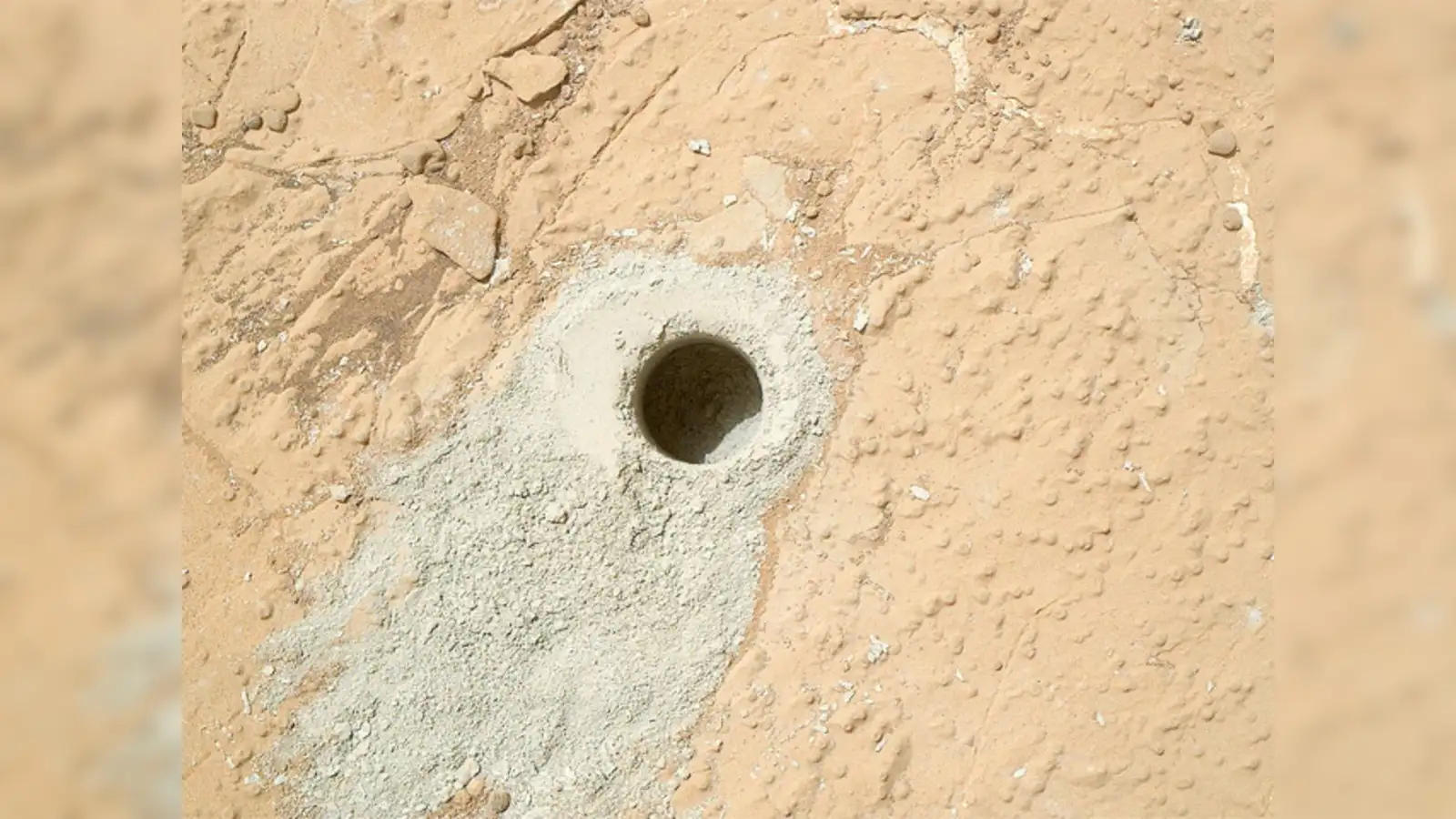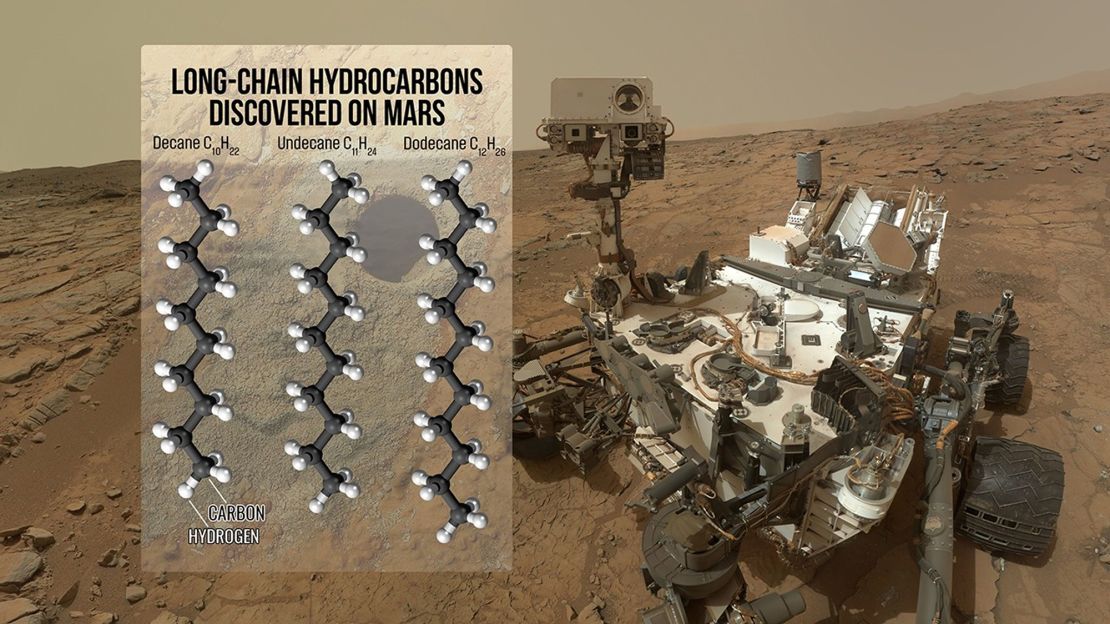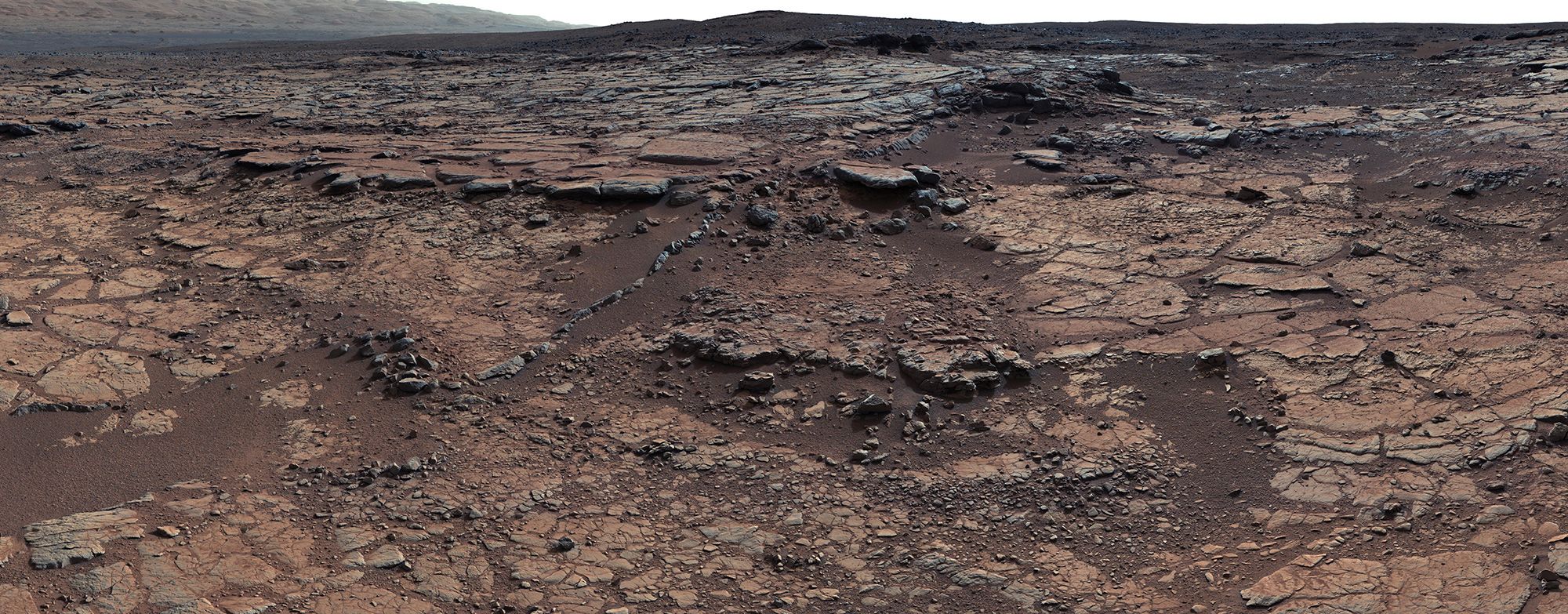Curiosity Rover Discovers Large Organic Molecules on Mars: A Breakthrough in Astrobiology
NASA’s Curiosity rover has made an exciting discovery on Mars, detecting large organic molecules that could reshape our understanding of the planet’s history. This finding raises new questions about the Red Planet’s past and its potential to have once supported life.

Organic Molecules on Mars: What Was Found?
Curiosity’s latest data reveals complex carbon-based compounds in Martian rock samples. These molecules, found in Gale Crater, are significantly larger than previous organic detections. Scientists believe they may have formed through geological processes or biological activity millions of years ago.
The rover’s onboard instruments, including the Sample Analysis at Mars (SAM) suite, played a crucial role in identifying these compounds. The discovery suggests that organic chemistry on Mars is more diverse and resilient than previously thought.

Why This Discovery Matters
The presence of large organic molecules on Mars strengthens the case for the planet’s habitability in ancient times. While these compounds do not directly prove life existed, they are key building blocks of biological processes. This aligns with previous findings of methane fluctuations and past water activity in Gale Crater.
Scientists are now exploring whether these molecules were preserved by ancient lake sediments or resulted from chemical reactions unrelated to life. Either way, the discovery underscores Mars’ dynamic environmental history.

Implications for Future Mars Missions
With NASA’s upcoming Mars Sample Return mission and continued exploration by the Perseverance rover, scientists will have more opportunities to analyze Martian materials in greater detail. Bringing samples back to Earth will allow for advanced laboratory testing, potentially providing more definitive answers about Mars’ biological potential.
Additionally, this discovery reinforces the importance of planned human missions to Mars. Astronauts could conduct on-site analysis with more sophisticated tools, furthering our understanding of the Red Planet’s past and its potential for sustaining life.

Final Thoughts
Curiosity’s detection of large organic molecules marks another significant step in unraveling Mars’ secrets. While we are still far from confirming extraterrestrial life, each discovery brings us closer to understanding whether Mars was ever habitable. As technology advances and exploration continues, the next big breakthrough could be just around the corner.